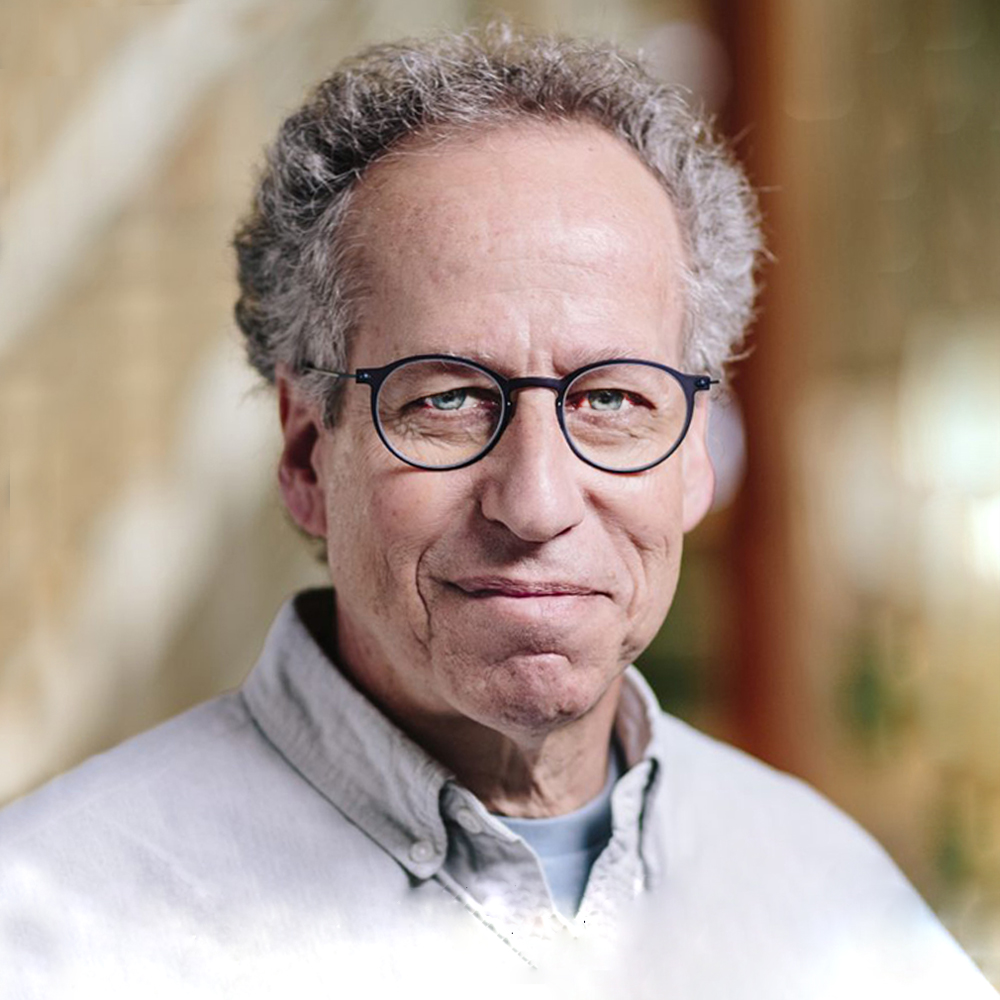SIGGRAPH 1998 Computer Graphics Achievement Award: Cohen
Awardee(s):
Award:
-
Computer Graphics Achievement Award
Description:
- Michael F. Cohen and Donald P. Greenberg. “The Hemi-Cube: A Radiosity Solution for Complex Environments,” SIGGRAPH 85 Proceedings, pp 31-40.
- Gary W. Meyer, Holly E. Rushmeier, Michael F. Cohen, Donald P. Greenberg, and Kenneth E. Torrance. “An Experimental Evaluation of Computer Graphics Imagery,” ACM Transactions on Graphics, Vol. 5, No. 1, 1986, pp 30-50.
- Michael Cohen, Donald P. Greenberg, Dave S. Immel, and Philip J. Brock. “An Efficient Radiosity Approach for Realistic Image Synthesis,” IEEE Computer Graphics and Applications (6),3, pp 26-35, 1986.
- Daniel R. Baum, John R. Wallace, Michael F. Cohen, and Donald P. Greenberg. “The Back Buffer Algorithm: An Extension of the Radiosity Method to Dynamic Environments,” The Visual Computer, Vol. 2, 1986.
- David S. Immel, Michael F. Cohen, and Donald P. Greenberg. “A Radiosity Method for Non Diffuse Environments,” SIGGRAPH 86 Proceedings, pp 133-142.
- Paul M. Isaacs and Michael F. Cohen. “Controlling Dynamic Simulation with Kinematic Constraints, Behavior Functions and Inverse Dynamics”, SIGGRAPH 87 Proceedings, pp 215-224.
- John R. Wallace, Michael F. Cohen, and Donald P. Greenberg. “A Two-Pass Solution to the Rendering Equation: A Synthesis of Ray Tracing and Radiosity Methods”, SIGGRAPH 87 Proceedings, pp 311- 320.
- Michael F. Cohen, Shenchang Eric Chen, John R. Wallace, and Donald P. Greenberg. “A Progressive Refinement Approach to Fast Radiosity Image Generation,” SIGGRAPH 88 Proceedings, pp 45-84.
- Michael F. Cohen. “Interactive spacetime control for animation,” SIGGRAPH 92 Proceedings, pp 293-302.
- Michael F. Cohen and John R. Wallace. Radiosity and Realistic Image Synthesis. Cambridge, MA: Academic Press, 1993.
- John K. Kawai, James S. Painter, and Michael F. Cohen. “Radioptimization—Goal Based Rendering,” SIGGRAPH 93 Proceedings, pp 147-154.
- Steven J. Gortler, Peter Schroder, Michael F. Cohen, Pat Hanrahan. “Wavelet Radiosity,” SIGGRAPH 93 Proceedings, pp 221-230.
- Zicheng Liu, Steven J. Gortler, and Michael F. Cohen. “Hierarchical Spacetime Control,” SIGGRAPH 93 Proceedings, pp 35-42.
- Steven J. Gortler, Michael F. Cohen, and Phillip Slusallek. “Radiosity and Relaxation Methods,” IEEE Computer Graphics and Applications (14), 6, pp 28-58, 1994.
- Brian Guenter, Charles F. Rose, Bobby Bodenheimer, and Michael F. Cohen. “Efficient Generation of Motion Transitions using Spacetime Constraints,” SIGGRAPH 96 Proceedings, pp 147-154.
- Li-wei He, Michael F. Cohen, and David H. Salesin. “The Virtual Cinematographer: A Paradigm for Automatic Real-Time Camera Control and Directing,” SIGGRAPH 96 Proceedings, pp 217-224.
- Steven J. Gortler, Radek Grzeszczuk, Richard Szeliski, and Michael F. Cohen. “The Lumigraph,” SIGGRAPH 96 Proceedings, pp 43-54.
ACM SIGGRAPH presents the 1998 Computer Graphics Achievement Award to Michael F. Cohen for the development of practical radiosity methods for realistic image synthesis. His research is the key to making radiosity usable with complex scenes. The beautiful images created by Michael and his colleagues still remain among the state of the art—both technically and artistically.
Michael’s first major achievement was the development of the hemi-cube algorithm for computing form factors in the presence of occlusion. Soon afterward he developed the progressive refinement radiosity algorithm. By reordering light bounces to match their relative contribution to the final radiosity solution, images could be generated relatively quickly and gracefully refined. Michael also developed other major radiosity extensions: adaptive meshing, an extension to dynamic environments; and wavelet radiosity. He also extended the radiosity algorithm to include specular in addition to diffuse reflection, and was involved in one of the few studies to quantitatively compare real and synthetic imagery. He also showed how inverse methods could be used to control light sources to achieve the desired effect in the final image. His work in radiosity culminated in the publication of a book, with John Wallace, titled “Radiosity and Realistic Image Synthesis.”
He also contributed to many other areas of computer graphics, most notably animation, technical illustration, and image-based rendering. For computer animation, he has developed dynamic and kinematic specifications of motion, interactive and hierarchical space-time control algorithms, and the automatic and efficient generation of motion and camera parameters. For the technical illustration speciality, he developed an early system to create informative illustrations of mechanical parts. His recent contribution on the lumigraph and layered depth images is seminal in the relatively new specialty of computer graphics—image-based rendering.
His work has unusual breadth and creativity attributable to his multi-disciplinary background and approach to problems. He holds two undergraduate degrees, one in Art, from Beloit, and another in Civil Engineering from Rutgers, a MS degree in Computer Graphics from Cornell, and a Ph.D. degree in Computer Science from Utah. Michael taught at Cornell, Utah and Princeton before accepting his current position at Microsoft, where he is a senior researcher and manager of the computer graphics group. He is an admired teacher and is sought out by his colleagues in the computer graphics community. An active participant in many SIGGRAPH activities, he was the SIGGRAPH 1998 Papers Chair.
Michael Cohen exemplifies the tradition of outstanding individuals in computer graphics. ACM SIGGRAPH is happy to recognize his many achievements by awarding him the Computer Graphics Achievement Award.
References
Source:
- ACM SIGGRAPH Press Release, 1998





